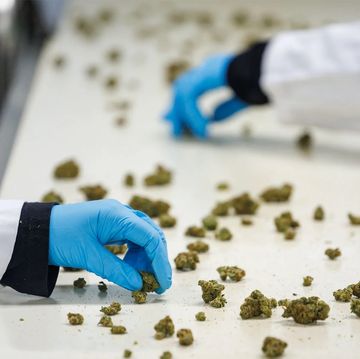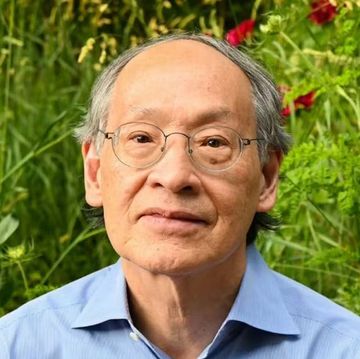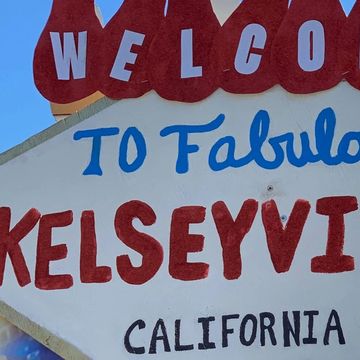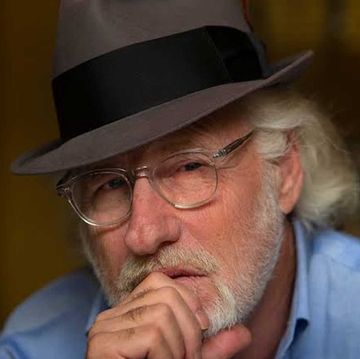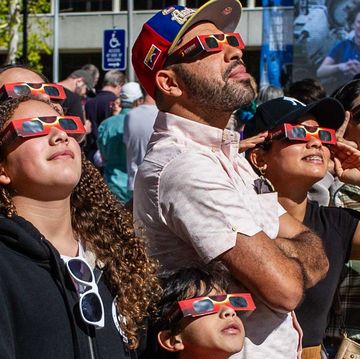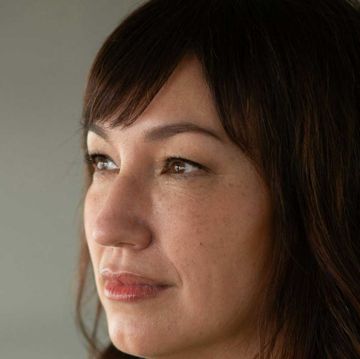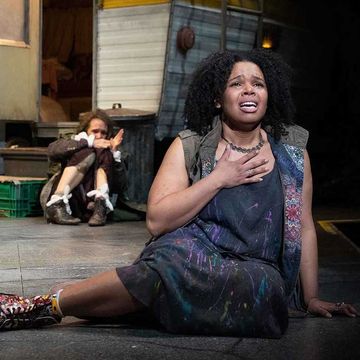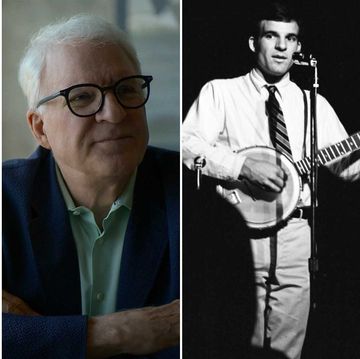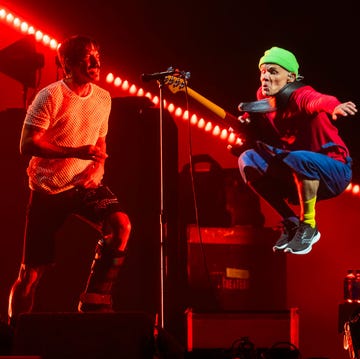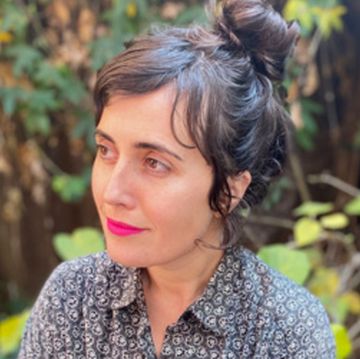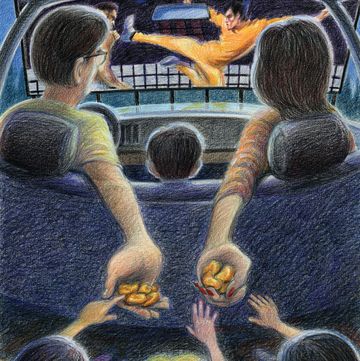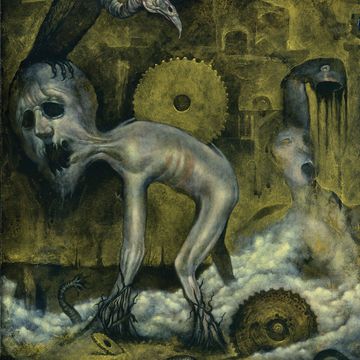Los Angeles’s Eastside has the largest Mexican–Central American community in the country. It includes city and unincorporated county territory. Its vitality and history, however, are rarely recognized or sung. It may be L.A.’s most colorful and character-filled area. Murals, music, and movies have brought global attention—I’ve taken people there from across the United States and countries like Italy, Brazil, and Japan. Yet many know nothing about these neighborhoods. I’ve lived all over the region—South Los Angeles, the San Gabriel Valley, the Harbor, Southeast L.A., the Inland Empire, Echo Park, and the San Fernando Valley. But for many years, I made my home in Boyle Heights, Lincoln Heights, City Terrace, and Highland Park. This poem is my way of honoring the “Eastside of all Eastsides.”
This poem appears in Issue 27 of Alta Journal.
SUBSCRIBE
Come into the folds
of East L.A.’s gritty streets,
amid sonatas of
chickens and roosters,
cumbias and hip-hop,
with slopes and landings,
hills and ravines,
uplifting heritage,
textured foods,
lowered museums of cars.
This eastside is a living jalapeño,
a gripping grito filled with
blood, sacrifices,
joys, and ardor of
the migrant of migrants,
in their own land and, still, strangers,
not seen, heard, or valued
yet whose sweat brings value
to the whole city, whole regions—
a whole country.
East Los Angeles is a dreamscape
layered in poetry and melody,
flavored with local economy—
taquerias, auto repair shops,
liquor stores, secondhand clothing stores.
Lo nuestro.
It’s an industrial razor-wire compound,
anchored by Catholic cathedrals,
sprinklings of evangelical storefronts,
remnants of the mostly gone
previous migrants’ households:
Buddhist temples and synagogues.
Chinese, Armenian, and Jewish cemeteries.
Bullets of theater, dance, and art,
murals and murals,
fly at you in their own drive-bys.
Then the real bullets blast—
the Eastside is also a war zone.
Barrios vs. barrios. Our own against our own.
¡Qué chingados pues!
This place is also family,
a child’s laughter, a mother’s sigh,
a father’s calloused hands
in a loving caress of face.
There’s sweet flowering everywhere.
The people brown—
Indigenous at the core
from Mexico & Central America,
California & the United States
Winding streets of apartments, cottages,
Victorian & Queen Anne houses.
There are hand-built structures.
McMansions & townhouses.
Poverty and encampments.
Listen carefully:
¿Me oyes?
The Spanish is Mexico
but also, inflections from
El Salvador,
Guatemala,
Honduras.
People from war, poverty, corruption.
And grand rooted cultures:
temples, gardens, astronomical
sculptured stairsteps, danza mexica.
Ometéotl
The official communities,
city and county,
may be called—
Boyle Heights
Lincoln Heights
El Sereno
City Terrace
Highland Park
But the unofficial barrios
are its character & color:
White Fence
La Geraghty Loma
Big Hazard
Happy Valley
Little Valley
Avenues
Evergreen
Primera Flats
Cuatro Flats
Cypress Park
Lomita Primera
El Hoyo Soto
Maravilla—and a dozen or so barrios within that.
There are thousands of ways to die
on the Eastside:
by guns, illnesses, drugs, accidents,
police killings.
But more ways to live—fruitful & loud,
life with dignity, life with community
in its marrow,
life that sings us all to power.
¡Con safos y qué!•
Luis J Rodriguez is the author of 17 books in poetry, children’s literature, fiction, and nonfiction. He’s best known for the bestselling memoir Always Running, La Vida Loca, Gang Day’s in L.A. The sequel, It Calls You Back: An Odyssey Through Love, Addiction, Revolutions & Healing was a 2012 finalist for the National Book Critics Circle Award. He’s also founding editor of the renowned small press, Tia Chucha Press, and co-founder of the comprehensive arts & literacy space, Tia Chucha’s Centro Cultural & Bookstore in L.A.’s San Fernando Valley. From 2014 to 2016, he served as the official Poet Laureate of Los Angeles. Luis has worked on three TV shows as a script consultant, including for FX’s Snowfall. His play based on Always Running sold out every weekend in 2019 for three months at Casa 0101 Theater in Boyle Heights, Los Angeles. His last poetry book is Borrowed Bones. His latest book is From Our Land to Our Land: Essays, Journeys & Imaginings from a Native Xicanx Writer.


